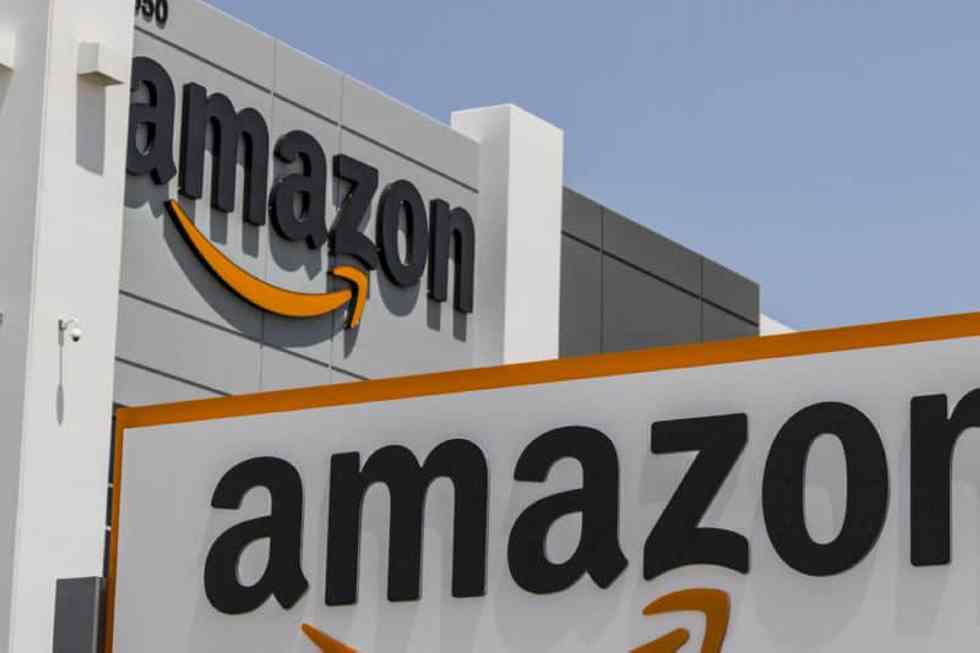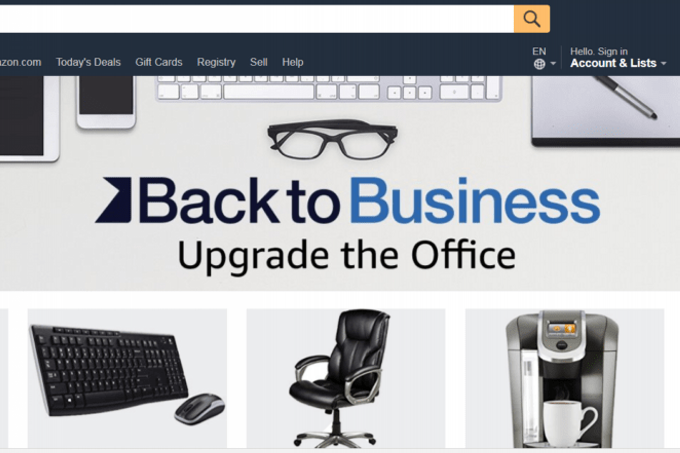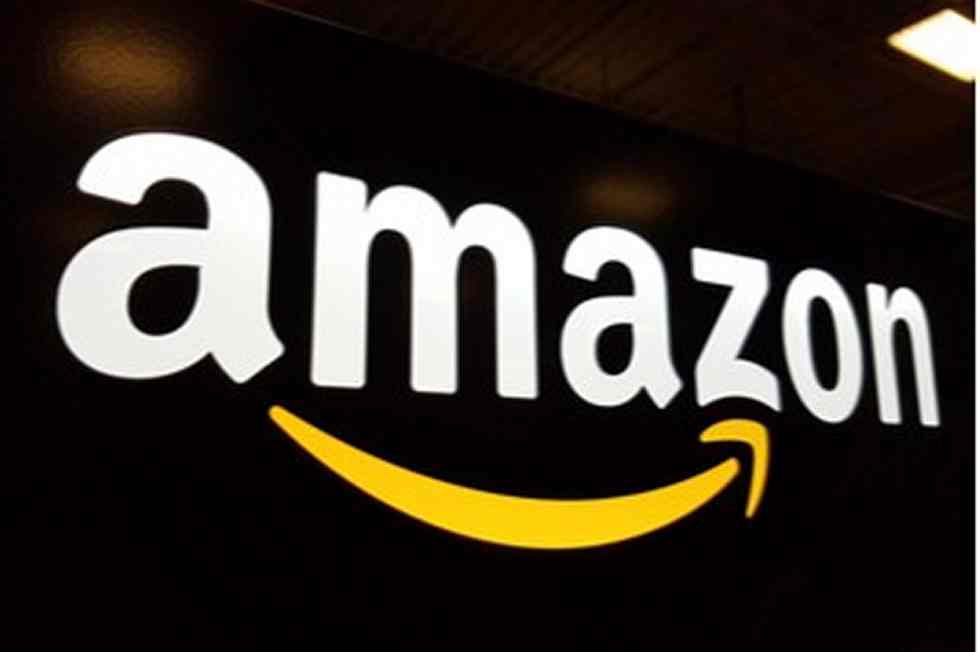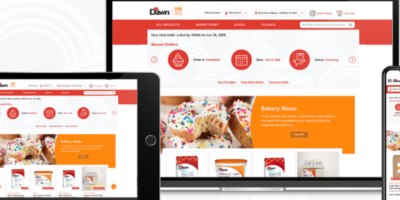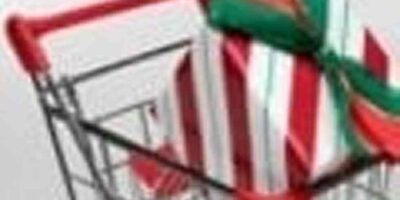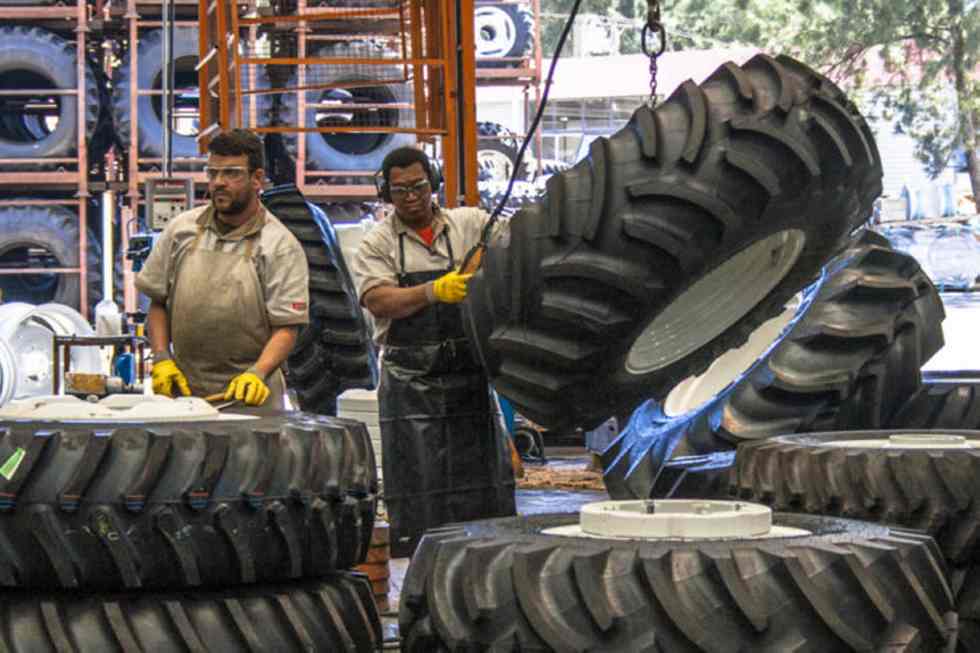
The outdated guidelines of B2B buyer engagement have modified. The world of ecommerce at all times appeared distant and “subsequent yr’s” initiative for gear and elements manufacturing—till 2020 hit.
It’s far simpler for Amazon to compete as an aftermarket elements model than towards the robust retail manufacturers they normally do.
This yr, we’ve seen worry grip the nation and dramatic cuts to the economic system, all whereas the share worth of tech corporations rocketed vertically. Of the tech corporations which have benefitted, Amazon is likely one of the greatest winners with a $1.72 trillion market cap.
Why does that matter for the development gear trade?
Since Amazon has a large number of enterprise items, all providing the short-term ease of promoting on the platform, it’s simple to neglect what some could describe as a predatory nature of their mannequin. Amazon screens all the vendor and buyer knowledge throughout its channels, giving the corporate fairly the benefit when deciding which merchandise to supply themselves.
Mainly, sellers give Amazon their buyer knowledge so Amazon can determine in the event that they wish to compete with them or not. We don’t must guess if that is so—simply have a look at what occurred in retail.
Immediately MRO Suppliers, Tomorrow Building
Upkeep, restore, and operations (MRO) provides are the primary entry level of Amazon coming into the commercial markets. It’s already going head-to-head with Grainger and different MRO distributors on its Amazon Enterprise platform.
Sooner or later, Amazon needs all procurement to be finished on its platform whatever the trade. Personal-label manufacturers within the development gear trade is the logical subsequent step after including MRO to their choice.
As Amazon founder Jeff Bezos as soon as stated, “Your margin is my alternative.”
Tools producers, specialty half suppliers, aftermarket half suppliers, and gear sellers are used to creating wholesome margins on elements gross sales, starting from 10-50% or larger in lots of circumstances.
Nonetheless, the elements procurement course of is mostly very tough for purchasers. It’s fraught with many challenges together with totally different websites to analysis, various manufacturing lead instances, unavailability, and making an attempt to order it at the very best worth. The explanations for this ache are that many touchpoints exist within the elements distribution chain, every involving their very own logistics, distribution, and markup.
Here’s a typical elements distribution provide chain for an gear producer (OEM):
OEM and Aftermarket Provide Chains
Studying the OEM provide chain from left to proper, you possibly can see that it begins with a manufacturing facility making a sure half for a “specialty” elements provider. This specialty elements provider sells to an gear producer to make use of it of their machine meeting line. The producer has a distribution community of sellers.
These sellers have relationships with prospects of their communities and act as their supply of apparatus leases, gear gross sales, service, and elements gross sales. Tools leases and gross sales are the first enterprise of most sellers or rental corporations, with elements and repair normally being the distant third precedence.
Prospects buy from their native gear sellers at the next worth, however are ensured it’s the OEM-branded half that is available in the identical field. That is a simple choice for purchasers, assuming the OEM has stock on their cabinets, however it’s the costliest one.
Alternatively, let’s take into account the provision chain of a typical aftermarket elements provider:
Aftermarket suppliers supply elements from factories around the globe. Half producers are commissioned by suppliers to provide a reproduction of the OEM-branded half; these are known as “aftermarket” elements.
Typically aftermarket suppliers work instantly with the identical manufacturing facility the OEM makes use of for a similar elements; these are known as “real” elements.
Aftermarket elements usually have the identical high quality because the OEM half, price much less, and have the identical or longer guarantee. The one distinction is that they don’t are available in an OEM-branded field. Most prospects don’t care in regards to the OEM-branded field if they will get the identical high quality half at a diminished worth.
Nonetheless, the world of aftermarket elements is fraught with hundreds of various suppliers, lead instances, customer support ranges, and guarantee variables. All that friction leads them to stay with OEM elements many instances.
What ‘Amazon Components’ Will Look Like
Now let’s study the provision chain assuming an “Amazon Components” model:
Amazon has the assets to supply any given half, probably the most complicated and huge worldwide distribution facilities, and by far probably the most highly effective ecommerce platform. For now, Amazon is gathering knowledge on the development gear trade and evaluating how and when to advertise their very own private-label elements.
Now let’s take into account the elements procurement technique of the gear finish person (the shopper). Firstly, the shopper is trying to restore their gear as quickly as doable. Down gear is a large price. In keeping with one Chicago contractor, it prices ~$1,000,000/hour to have a crane down on a job web site.
The fundamental course of of apparatus restore lifecycle appears to be like like this:
The sooner they will get by way of the three-step course of, the higher it’s for his or her enterprise. A down piece of apparatus represents misplaced income for gear rental corporations, in addition to misplaced time and productiveness for contractors.
Usually talking, it’s extra necessary to gear homeowners to have the ability to supply their substitute elements rapidly and reliably than it’s to seek out the bottom worth on all gadgets.
Why Aftermarket Components is an Straightforward Goal for Amazon
Amazon has constructed its fame round being quick and dependable for all issues retail. They compete with conventional retail manufacturers with their very own 80+ private-label manufacturers. The place Tide, Kleenex, Clorox, and Coca-Cola have among the most well-known manufacturers on the planet and include a sure degree of status, gear substitute elements are in the beginning a utilitarian buy.
In different phrases, it’s far simpler for Amazon to compete as an aftermarket elements model than towards the robust retail manufacturers they normally do.
And as you possibly can inform from the provision chain comparisons above, an Amazon Components model would possible additionally get pleasure from a pricing benefit towards the incumbents within the trade.
So how can the trade stave off this seemingly predestined destiny of Amazon’s takeover of substitute elements, instruments, and gear?
There’s a approach.
Come again for Half 2 on this article collection.
Luke Powers is the co-founder and CEO of Gearflow.com, an internet market constructed for the development gear and elements trade. Join with him at [email protected] and on LinkedIn. This text, the primary of a 2-part collection, was excerpted from a weblog posted on Gearflow.com.
Favourite



